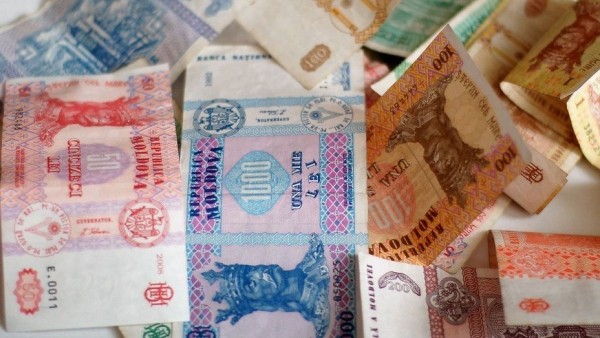
Excessive liquidity in banks has led to the appetite of financial institutions to appease financial resources through bank deposits. AND this happens as a result of the continuous reduction of interest rates on foreign currency and foreign currency deposits, says journalist Victor Ursu in the show "15 minutes of economic realism".
Following the downward trend of the base rate applied to the main monetary policy operations of the National Bank of Moldova and as a result of the liquidity surplus registered in the banking system, the average interest rates on deposits accepted in the national currency by the licensed banks continued their trend Descending. In January 2018, the weighted average interest rate on term deposits in national currency constituted 5.17 percent, decreasing by 1.63 percentage points as compared to January 2017, and in foreign currency by 0.73 percentage points.
Term deposits from 6 to 12 months, attracted at an average interest rate of 5.54 percent, are the most attractive. The share of such placements represents 45.95 percent of total term deposits in national currency. Term deposits in national currency amounted to 18.7 billion lei, increasing by just over 3 percent while foreign currency deposits decreased by 3 percent.
At the same time, according to the NBM data as a result of the monetary issue, during the period 2016-2017, following the net interventions of the NBM on the foreign exchange market (foreign currency purchases) in volume of USD 773.4 million (approximately 14.58 billion lei), in the banking system - have accumulated excessive liquidities in the amount of about 9.4 billion lei. This surplus may in the short run create a positive impact on aggregate demand, the exchange rate and may generate inflationary pressures. On the other hand, a weak credit of the economy can generate additional disinflationary pressures. The new loans market posted moderate annual growth during 2017.
On the other hand, the positive evolution of the deposit component in national currency recorded in January 2017 was due to the change in sight deposits, whose contribution is growing. Thus sight deposits in ROL increased in January by 25.4% to 7.4 billion lei and those in foreign currency increased by 9.5% to the equivalent of 8 billion lei. And this is due to the eroded confidence of the population in the Moldovan banking system after the disappearance of the billion.
In conclusion, Victor Ursu argues that this situation is less good for the medium-term stability of the financial sector, as stability is ensured by long-term investments. The structure of sight deposits is predominant by deposits of legal entities, while the contribution from deposits of individuals is equally positive.
The show is made in partnership with Free Europe.